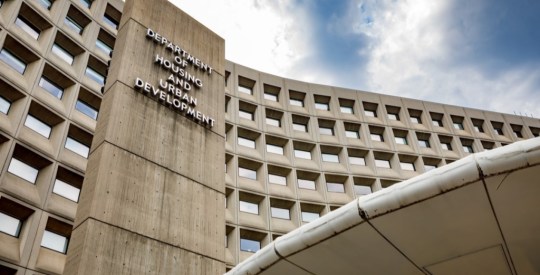National City Corp. (NCC) said Thursday morning that it lost a record $1.8 billion in the second quarter, or $2.45 per share, as the Cleveland-based bank boosted its provision for loan losses to $1.6 billion amid rising credit costs. But boasts from CEO Peter Raskind seemed to catch investors’ imaginations, at least early on in trading, with shares up almost 6 percent when this story was published. “With the completion of our $7 billion capital raise, National City is by far the best capitalized bank among its peer group – and is the best capitalized of all major U.S. banks,” said Raskind in a press statement, referring to the bank’s Tier 1 capital ratio. Capital is one thing, however, and performance is entirely another. And lately, National City has been lacking in the latter, pretty substantially. While Raskind conceded that the bank “needs to improve” in performance, the company’s executives clearly wanted the focus of this quarter’s earnings statements on the strong capital position the bank has. It’s not hard to fathom why: earlier this month, the bank had to reassure depositors and investors over rumors that the bank was seeing a run in the wake of the collapse of Pasadena, Calif.-based IndyMac Bank. The second quarter loss dwarfed a $171 million net loss in the first quarter, and compares to earnings of $347 million in the year-ago period. In addition to bolstering loss reserves for expected future loan losses, National City said that it also took a $1.1 billion charge to goodwill. Mortgages bite into the bottom line In the wake of selling its former First Franklin subprime mortgage lending operation to Merrill Lynch & Co. (MER), National City separated its portfolio into “core” and “liquidating” segments. Since that time, it has moved a wide range of loans into its “liquidating” segment, which holds the company’s worst-performing loans — including broker-originated home equity loans tied to its now-defunct National Home Equity operation. The bank’s core portfolio stood at $96 billion by the end of Q2 — roughly $60 billion of which was tied to so-called C&I and commercial real estate loans — while the liquidating segment held $17.5 billion, the majority of which were home equity loans ($10.3 billion). Across the two portfolio segments, home equity loans represented roughly 30 percent of loss provisioning and 24 percent of $740 million in total charge-off activity during the quarter, underscoring the problematic nature of second liens in the current housing market. Loan loss reserves reached $3.4 billion net of charge-off activity across both portfolios at the end of June — roughly 3 percent of all loans, and relatively equal to $3.1 billion in non-performing assets. NPAs rose 33 percent from the first quarter alone. National City said Thursday that it may look to sell its $10.3 billion in “liquidating” home equity loans and lines of credit, after reeling in unfunded lines to the tune of more than $2 billion in the first six months of 2008. The bank said it was “reviewing potential disposition opportunities, to the extent such strategies make economic sense.” If there is good news somewhere in National City’s credit metrics, however, it’s this: overall 90+ day delinquencies actually decreased 12 percent between the first and second quarter. The bank said the decrease was due primarily to lower levels of past due subprime mortgages in its liquidating portfolio, as run-off begins to put National City in a position of seeing its exposure to subprime lessen substantially. Related links: earnings supplement, investor presentation Disclosure: The author held no positions in NCC when this story was published; indirect holdings may exist, however, via mutual fund investments. HW reporters and writers follow a strict disclosure policy, the first in the mortgage trade.
National City Boasts, Despite Record Q2 Loss
Most Popular Articles
Latest Articles
New HUD rule aims to increase lender participation in tribal housing program
HUD says the new rule is designed to increase and streamline Native American borrowers’ access to homeownership.



